What You Should Know About Pitcher Shoulder Pain
What You Should Know About Pitcher Shoulder Pain
Dr. Kaila Holtz breaks down what you should know about pitcher shoulder pain. How to prevent it. How to treat it.

Dr. Kaila Holtz is a Canadian Olympian turned NCAA Pitching Coach turned Sports Medicine Physician. She is currently in her last year of medical residency (Physical Medicine and Rehabilitation) at the University of British Columbia. Her clinical interests are in shoulder health with a particular focus on overuse throwing and pitching injuries. She recently published a paper in the Orthopedic Journal of Sports Medicine looking at arm health in youth softball pitchers. Follow her on Twitter @kailaholtz
Throughout my NCAA career, my arm would ache. Often this pain was from my biceps upward and into the front of my shoulder. Particularly if I threw too many pitches too early in the season. During my sophomore year, I was sidelined by a deep, stabbing pain in the back of my shoulder that got worse the more I threw. My arm felt dead. Nothing seemed to help. I ended up sitting out much of the postseason.
Like me, many softball pitchers have missed practice or competition because of shoulder pain. The prevalence of shoulder pain is high (>60%) in both high school and college softball. Shoulder pain that persists 12-24 hours isn’t something to be ignored. Pitchers with shoulder pain need a full assessment of their pitch counts, biomechanics, muscle imbalances and some scheduled rest to ensure their pain doesn’t become a chronic injury.
This article takes you through what structures may be generating pain, why pain occurs and what to do about it.
What hurts?
When a player or pitcher has a sore arm there are several potential pain generators. The shoulder joint is a complex ball and socket joint that functions kind of like a golf ball on a tee. Except the tee is sideways. The shoulder rotator cuff muscles, tendons, ligaments and labrum all work to keep the ball and socket in place throughout the pitching motion. Pain occurs when any one of those structures gets fatigued from overuse, breaks down from wear and tear, or sustains shear forces from poor biomechanics.
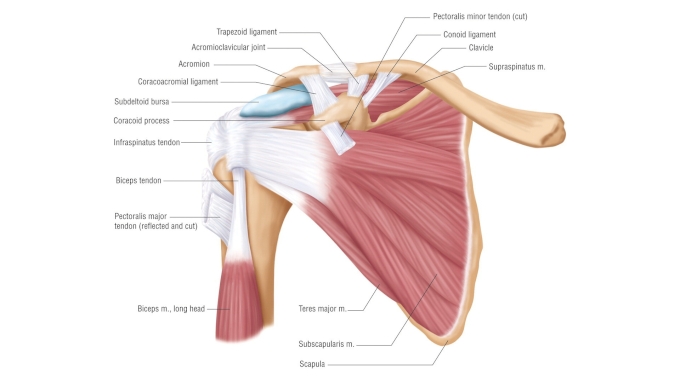
If the pain is in the front of the shoulder, the pain generator may be along the biceps tendon (long head to its attachment), the superior-anterior labrum, a tight pec minor, or the subscapularis, an internal rotator muscle under the scapula.
If the pain is on the top of the shoulder, the acromioclavicular joint, supraspinatus or trapezius muscles are most likely the source of pain. Over the side of the shoulder and arm may be irritation of the space between the rotator cuff muscles and the acromion, a process referred to as bursitis.
If the pain is at the back of the shoulder it may be the result of internal impingement. This is when the rotator cuff muscles (posterior supraspinatus and infraspinatus) get pinched along with the joint capsule in between the glenoid labrum and humeral head resulting in a deep ache at the back of the shoulder. Performance often decreases when this occurs.
A caveat to predictable pain patterns is that referred pain (from the neck or muscles around the shoulder blade) can show up as pain in the front, top or back of the shoulder. Pain can also go down the arm when it’s referred.
Why do some pitchers feel shoulder pain?
In the softball pitching motion, peak forces occur after the front foot lands as the pitching arm accelerates to ball release. At this stage, the arm bone (humerus) is compressing into the socket (glenoid) with the help of centripetal force as well as the rotator cuff muscles. Pain occurs when the joint behaves in a dysfunctional way putting excess strain on the muscles and tendons.
Shoulder joint compression is usually a good thing. It keeps the ball of the arm bone (humerus centered in the socket (glenoid). However, if the arm and shoulder blade aren’t working well together or if the sequence of hip and shoulder rotation is off, the direct compressive force instead becomes a shear force grinding the labrum against the glenoid or pinching nearby structures within the joint.
More than 60% of youth pitchers and over 70% of NCAA Division I pitchers report shoulder pain over the course of a season. Pitching too much too early in the season, having a previous shoulder injury, restricted range of motion to internal rotation, and cumulative years pitched are all risk factors for shoulder pain leading to injury.
What to do about shoulder pain?
First and foremost work with individuals (pitching coaches, strength coaches, physiotherapists, athletic trainers) that understand the windmill pitching motion.
If pitchers have persistent pain despite a trial of rest and rehabilitation I recommend seeing a Sports Medicine Physician for a diagnosis of what structure might be the pain generator.
Secondly, in my experience pitchers benefit from a biomechanics assessment by an expert pitching coach. Pitching velocity and arm health are linked so throwing harder typically results in throwing pain-free when biomechanics problems are corrected.
Dr. Sherry Werner and Dr. Gretchen Oliver have done some really fantastic work over the last 15 years on pitching biomechanics and some of the key things to look at are:
- The timing of landing relative to pitching arm position
- The degree of hip rotation at landing vs. ball release
- The degree of knee flexion at landing
- How much trunk flexion there is at ball release
- Where the arm is relative to the trunk during arm acceleration
- Overall stride length and foot position
Third, get your strength, flexibility, and coordination assessed by a strength coach or physiotherapist. Glute strength is associated with pitching velocity and the trunk and pelvis play a large role in a pitcher’s ability to transfer force up the kinetic chain. Shoulder flexibility and having proper control of the shoulder blade is also important for injury prevention so working with someone that can see the whole picture when it comes to arm health is crucial.
Lastly, coaches and players should track pitching and throwing volume (pitch count) during practice and games! I don’t know why we shy away from this in softball.
Many coaches like to have pitchers pitch before practice and then throw bunts and overhand throws at practice on the same day. I think this should be avoided when possible. Particularly early in the season, or for NCAA freshman, during the fall season. Coaches should also consider having pitchers split games early in the competitive season and minimize having pitchers throw back to back, especially at younger ages where they have not yet mastered their biomechanics and body control.
Summary
- The shoulder is a complex joint and has several potential pain generators in windmill softball pitchers.
- Pitchers should NOT be pitching and doing a ton of throwing overhand on the same day.
- Pain that persists more than 12-24 hours should be evaluated.
- Key factors to consider when assessing a softball pitcher with shoulder pain are biomechanics flaws, muscle imbalances, throwing volume (pitch counts) during practice and games.
- Pitching coaches, strength and conditioning specialists and healthcare professionals need to have a solid understanding of the pitching motion, risk factors for pitching-related injuries and shoulder rehabilitation principles when working with softball pitchers with shoulder pain.
Related Content
 WPF Championship Recap: How The Texas Smoke Won Inaugural League Title
WPF Championship Recap: How The Texas Smoke Won Inaugural League TitleAug 14, 2023
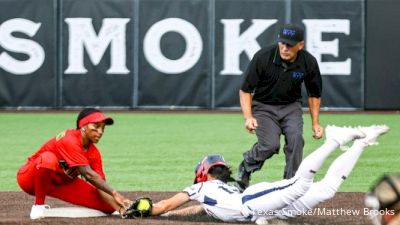 Women's Professional Fastpitch: Texas Smoke Preview
Women's Professional Fastpitch: Texas Smoke PreviewJun 23, 2023
 Women's Professional Fastpitch: Smash It Sports Vipers Preview
Women's Professional Fastpitch: Smash It Sports Vipers PreviewJun 23, 2023
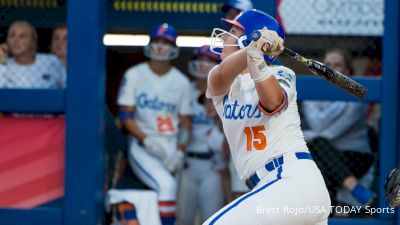 Replay: Florida Vs. UC Riverside | 2023 Mary Nutter Collegiate Classic
Replay: Florida Vs. UC Riverside | 2023 Mary Nutter Collegiate ClassicFeb 24, 2023
 Easton Diamond Sports, LLC Is The No. 1 Bat Brand In Fastpitch Softball
Easton Diamond Sports, LLC Is The No. 1 Bat Brand In Fastpitch SoftballNov 8, 2022
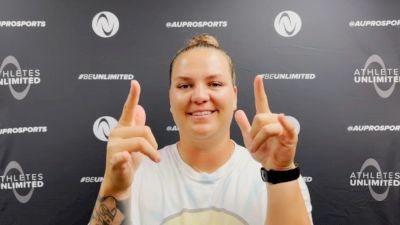 From The Athletes: The Meaning Of Pride
From The Athletes: The Meaning Of PrideJun 27, 2022
 Replay: Nebraska Omaha vs Creighton | Apr 23 @ 5 PM
Replay: Nebraska Omaha vs Creighton | Apr 23 @ 5 PMApr 24, 2024
 Replay: Coppin St vs Delaware - DH | Apr 23 @ 6 PM
Replay: Coppin St vs Delaware - DH | Apr 23 @ 6 PMApr 24, 2024
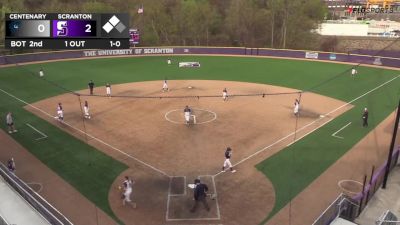 Replay: Centenary (NJ) vs Scranton | Apr 23 @ 5 PM
Replay: Centenary (NJ) vs Scranton | Apr 23 @ 5 PMApr 23, 2024